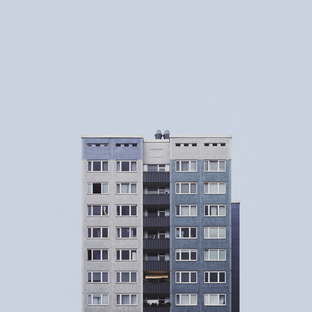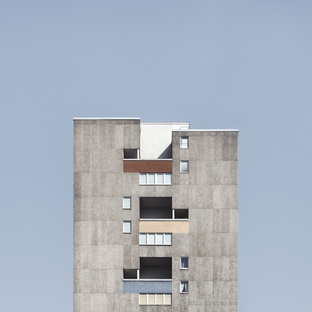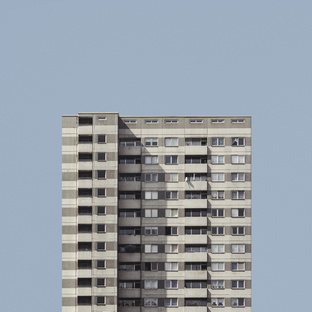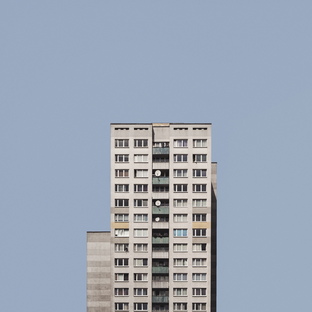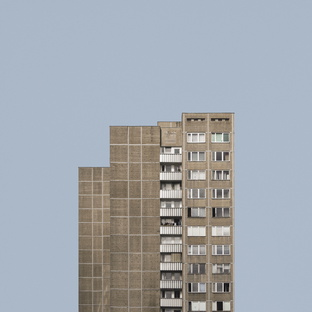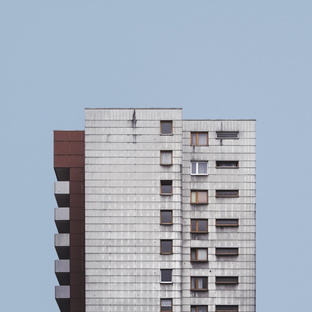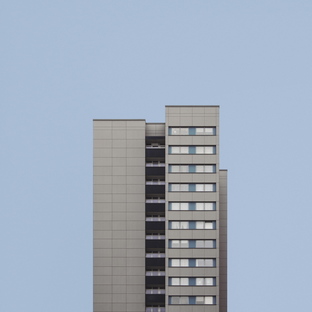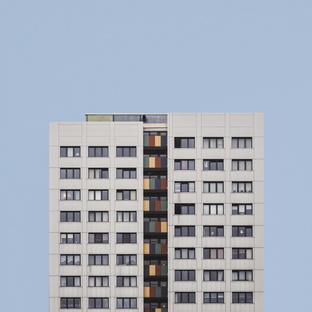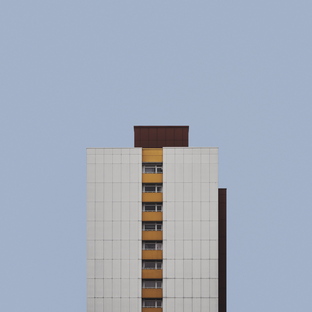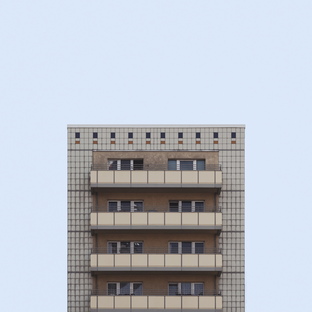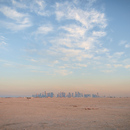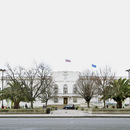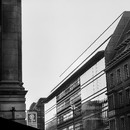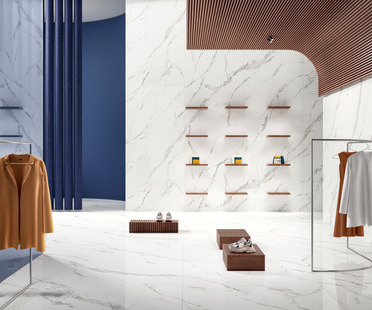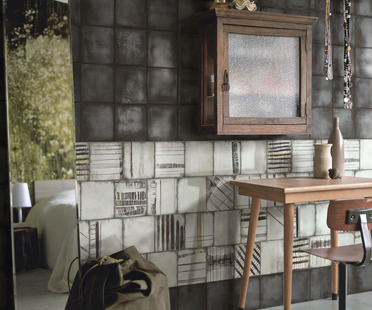20-04-2018
Stacked: post-war Berlin and the formal eye of Malte Brandenburg
Malte Brandenburg,
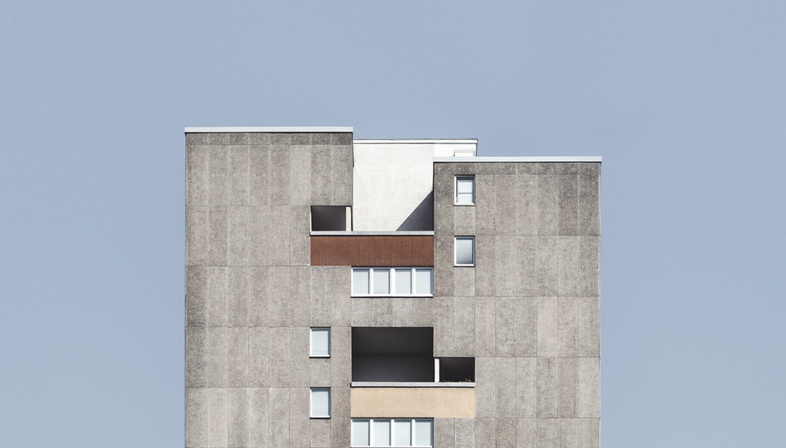 There's no better way to change the appearance of something and, therefore, people's perception of it than photography. Malte Brandenburg, German photographer, is well aware of this, he knows the potential of his camera and he applies that potential to a city where he lived for a long time: Berlin. His purpose is to improve how people see the large, grey and repetitive post-war apartment buildings that populate the German capital.
There's no better way to change the appearance of something and, therefore, people's perception of it than photography. Malte Brandenburg, German photographer, is well aware of this, he knows the potential of his camera and he applies that potential to a city where he lived for a long time: Berlin. His purpose is to improve how people see the large, grey and repetitive post-war apartment buildings that populate the German capital.Like so many other cities, Berlin had a huge lack of living space throughout the post-war period. To respond to this problem, very tall buildings were constructed from the late Fifties through to the early Eighties, real towers of repeated blocks, stacked on top of each other, that gave affordable, modern housing to many middle-class families. Stability and wellbeing led to a demographic change, and the middle classes moved out of these apartment buildings into their own homes, or they went to the increasingly popular "Berliner Altbau".
"Initially a vast improvement of life for many people after the war, some of these housing estates became social hot spots while others became more popular."
This is where the camera lens of Malte Brandenburg comes into play: in his project called "Stacked", he makes a modification that changes the viewpoint of observers. Instead of photographing these buildings as they are in the real world, Brandenburg takes away their "social" aspect, removing them from their context and presenting them in a frontal perspective. This is an aesthetic affirmation, which presents the form and beauty of the architectural project, returning dignity to what were, when it comes down to it, symbols of Germany's recovery after World War Two.
However, these post-war buildings are dilapidated, afflicted by social stigma: after the first wave of middle-class families, the lower, poorer classes moved in, and this, together with the wear and tear of time, led to the decline of these grey mammoths. What was originally a reason for recovery turned into a failure in a twenty-year period, and according to many, what remains are only the leftovers of a historical optimism that is incapable of looking far ahead.
Many of the residents of these homes in Berlin have tried to make improvements to these buildings in different ways, for example by painting them. Malte Brandenburg preferred to portray them with his objective eye, devoted to symmetry and linearity, conveying the same glossy sensation that you can find in the photography of Wes Anderson's films. Lastly, on closer inspection, you can notice the many small differences emerging from the regular, repetitive structure of the building - curtains, antennas, flower pots, coloured shutters, small bits of information about the lives of others.
"Most post-war housing estates in Berlin were built in the form of tower blocks and in a fairly identical fashion, however when you look closer you can see many variations."
Francesco Cibati
Website: www.maltebrandenburg.com
Facebook: https://www.facebook.com/MalteBrandenburgPhotography
Instagram: https://www.instagram.com/maltebrandenburg/
Tumblr: https://maltebrandenburg.tumblr.com
Behance: https://www.behance.net/maltebrandenburg










